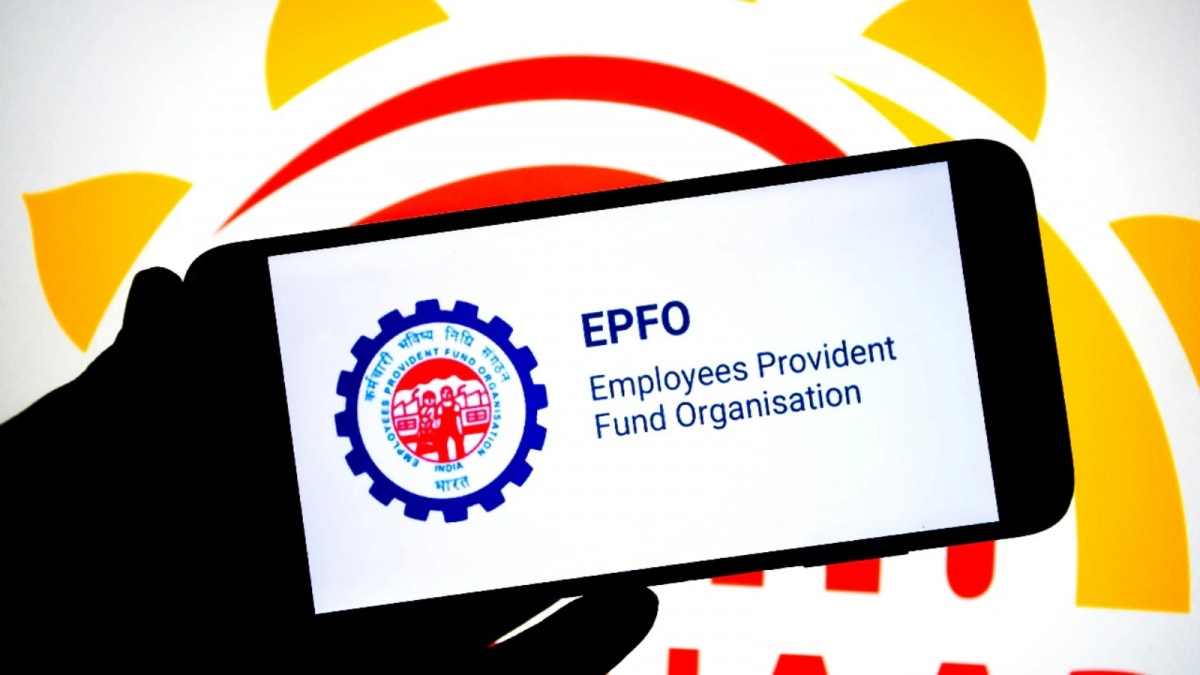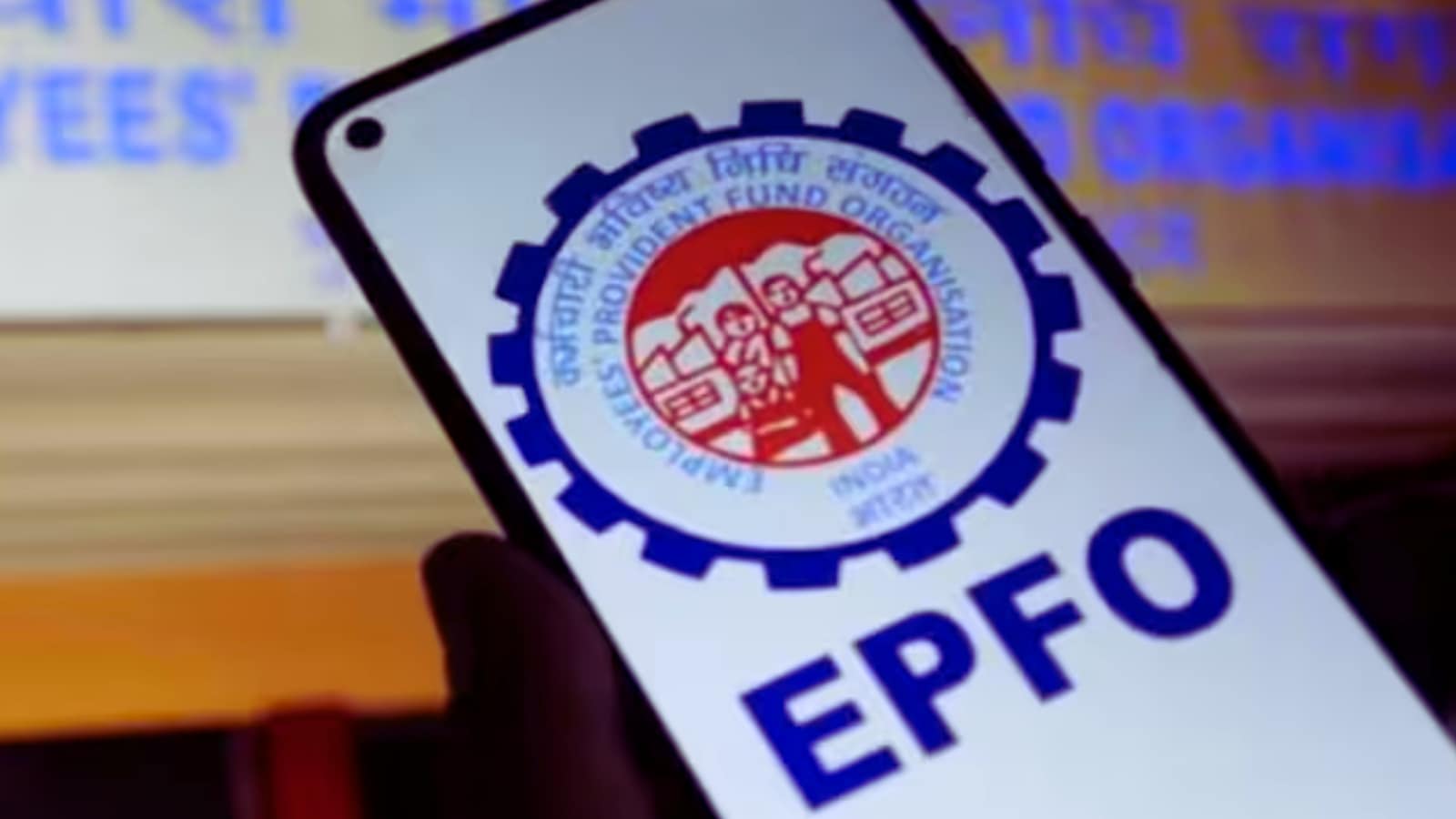
The EPFO has introduced the ‘Passbook Lite’ facility within its member portal (https://unifiedportal-mem.epfindia.gov.in/memberinterface/). (File Photo)

This initiative is expected to improve user experience by providing all key services, including passbook access through one login. (File Photo)
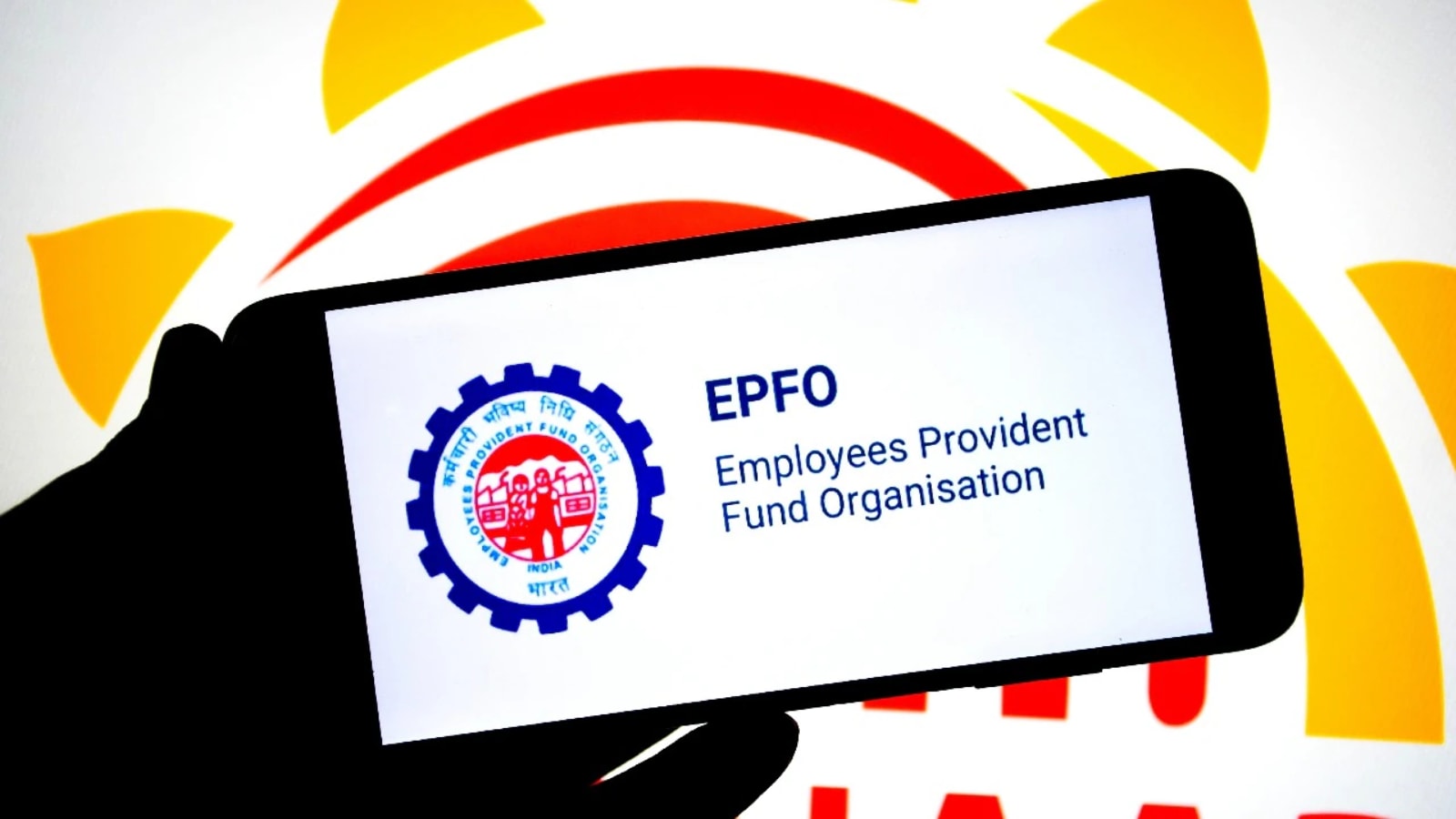
At present, when employees change jobs, their PF accounts are transferred to the new employer’s PF office through Form 13 online. After the transfer, a Transfer Certificate (Annexure K) is generated by the previous PF office and sent to the new PF office. (File Photo)
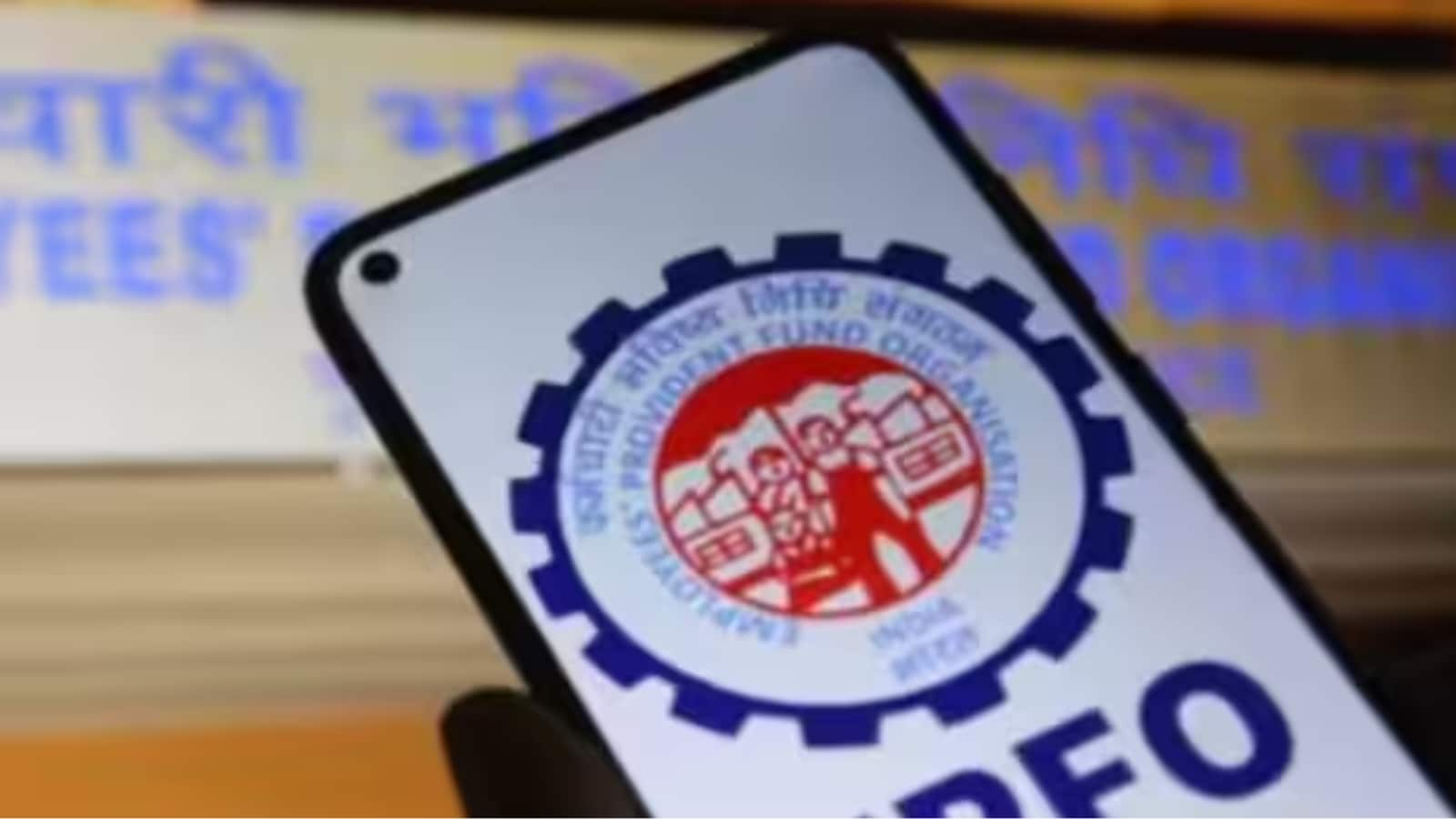
Until now, Annexure K was only shared between PF offices and was made available to members only on their request. A reform has been introduced that now enables members to directly download Annexure K in PDF format from the Member Portal itself. (File Photo)
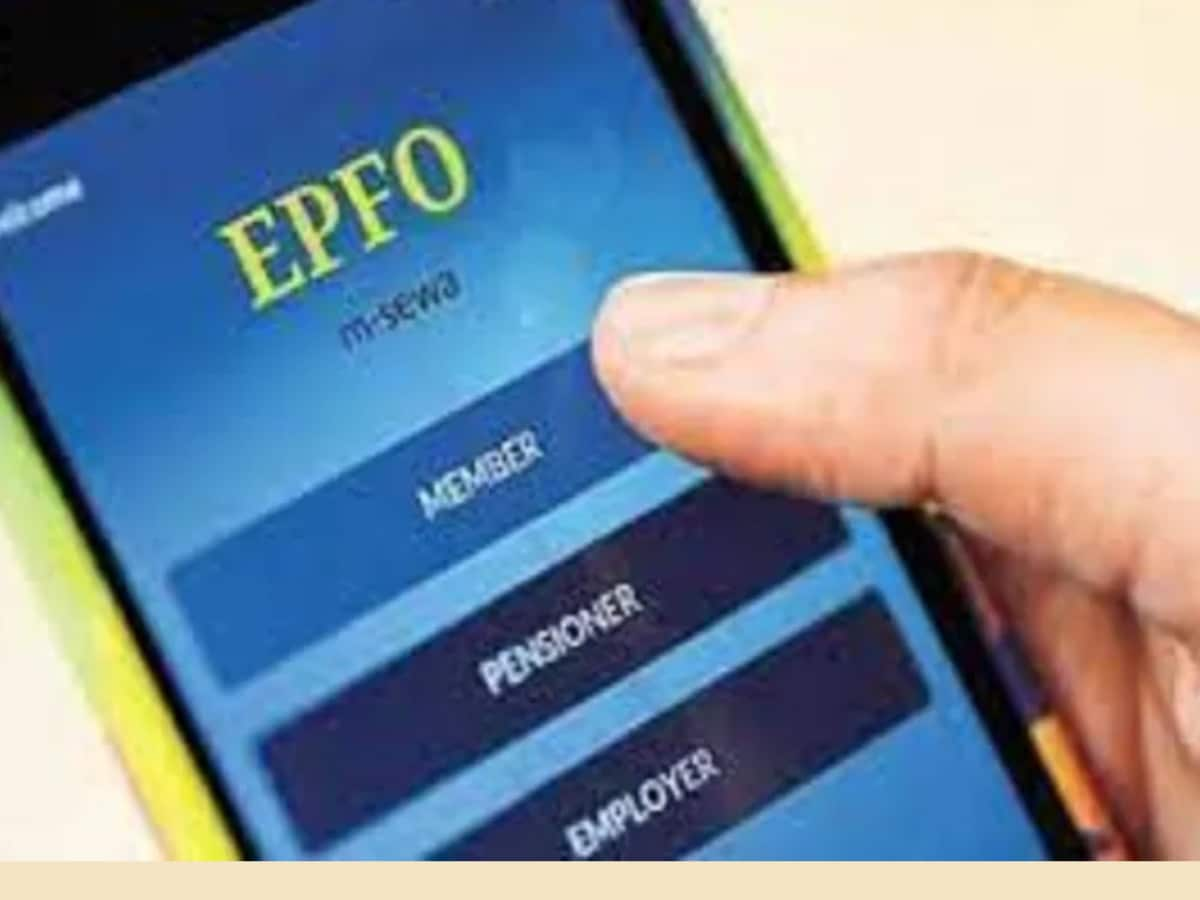
This will help members to track status of transfer applications online, ensuring full transparency and allowing members to easily verify their PF transfers. (File Photo)

The members will also be able to get confirmation that PF balance and service period are correctly updated in the new account. (File Photo)

Besides, they will be able to maintain a permanent digital record for future reference, especially important for EPS (employees pension scheme) benefit calculations. (File Photo)
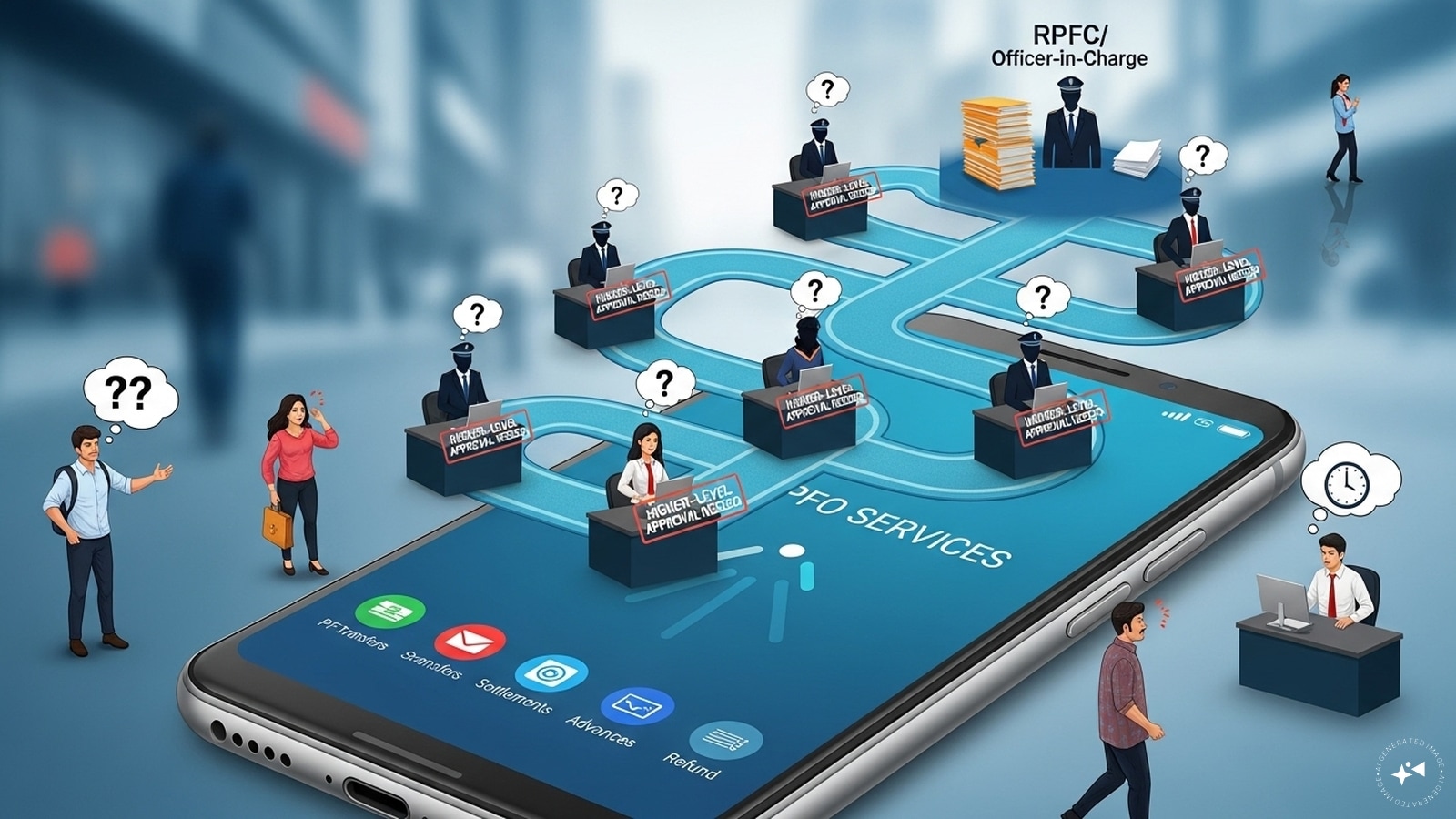
At present, any EPFO services such as PF transfers, settlements, advances, and refunds require approvals from higher-level officers (RPFC/Officer-in-Charge). This multi-layered approval process often led to delays and longer processing times for members’ claims. (AI-Generated)

The EPFO has taken the transformative step to reduce and rationalise the approval hierarchy. Powers that earlier rested with RPFC/Officer-in-Charge have now been delegated to Assistant PF Commissioners and subordinate levels in a structured, tiered manner. (Image: AI-Generated)
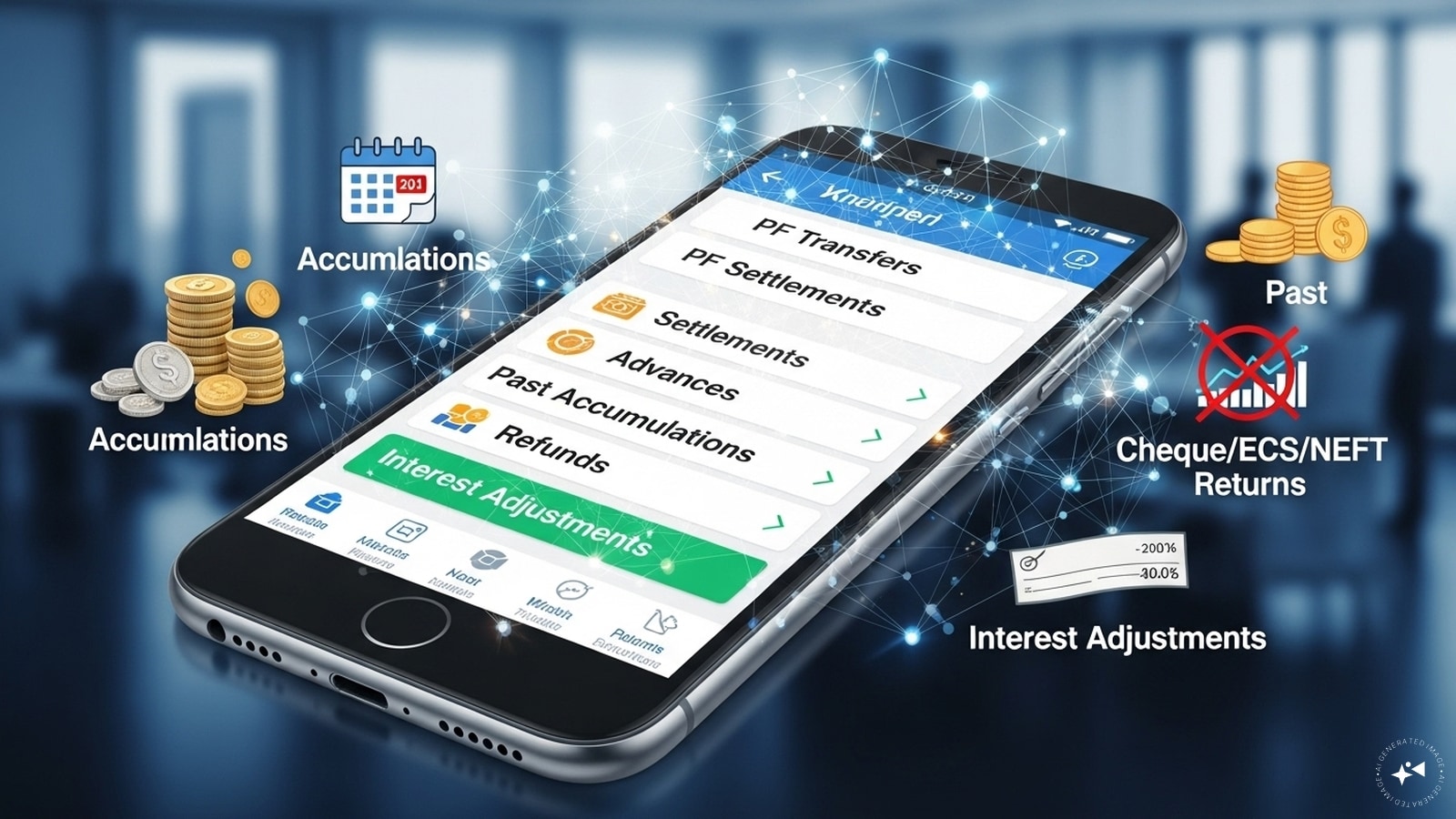
The scope of this reform will include PF transfers and settlements, advances and past accumulations, refunds, cheque/ECS/NEFT returns, and interest adjustments. This is expected to benefit users in the form of faster claim settlements and reduced processing time; simplified approval layers for smoother service delivery; improved accountability at field office level, and enhanced transparency and member satisfaction through quicker, seamless services. (Image: AI-Generated)


